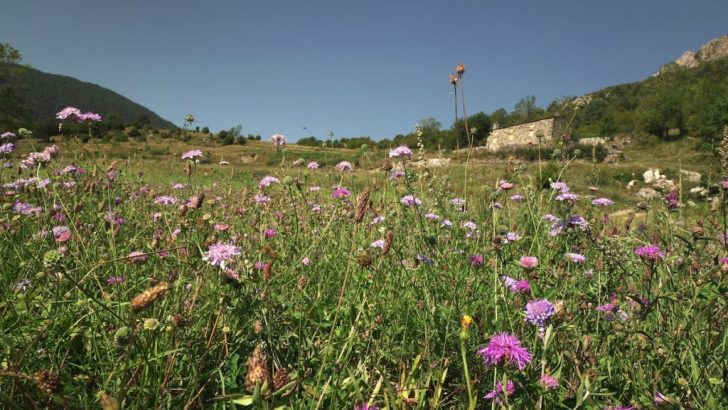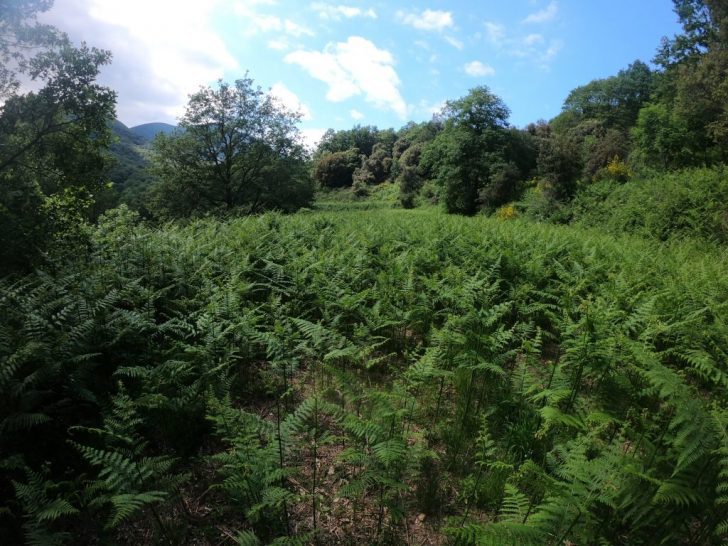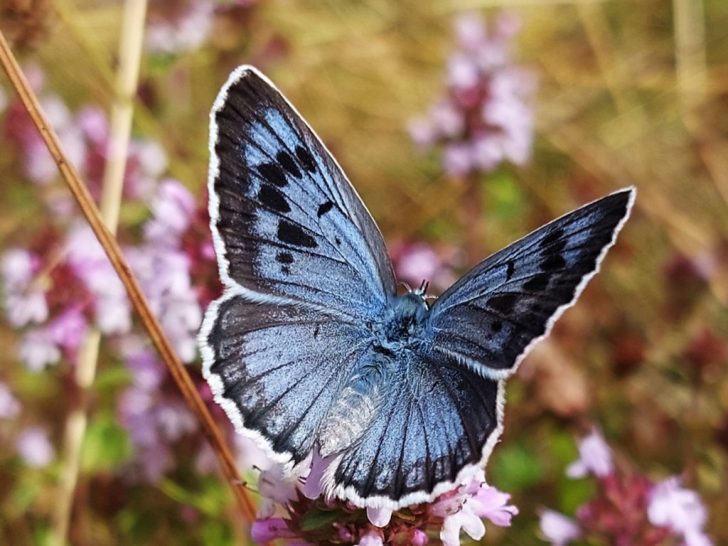Biologist Constanti Stenfanescu spent 25 years counting butterflies in a series of fields located in Catalonia. Back in July of this year, he set foot inside a butterfly meadow that had once been the richest of them all — near the Pyrenees mountains and the mediterranean sea — only to be shocked to his core.
The Meadow Way Back When
Back in the day, the scientist wouldn’t have a problem counting up to 50 to 60 silver-studded blue butterflies in this meadow, along with various other pollinators, all attracted by a carpet of clover, lupine, and a number of other wildflowers.
Stefanescu felt very welcomed in the meadow because the farmer who took care of it managed to do things the old-fashioned way. This included feeding animals hay during winters and not mowing the field more than once or twice all year long. But only a few years into Stefanescu observing the butterflies in this field, the farmer had left it.

Abandoned Too Soon
Soon after the farmer left, the wildflowers began to grow brambles, after which came bush, until eventually, the place turned into a forest. There were some species of butterflies that made themselves useful to the new environment i.e. the woods, but the large diversity that was once counted by Sefanescu was long gone.

Why Did the Butterflies Leave?
The majority of butterfly species in Catalonia are used to living in open areas and live their best life in flower-rich grasslands. But it appears that butterflies all over Europe are unfortunately undergoing a huge decline.
One of the most comprehensive guides of the European Union has revealed that between 1990 and 2017, 39% of grassland abundance has dropped. The best and most extreme example of this wave of diversity loss in the whole continent is none other than Catalonia.

Summing It Up
Butterflies fall among the list of pollinators that are being crushed from both sides.
In some places, fields and meadows are left by their farmers until they eventually turn into forests. In others, small-scale livestock farms make way for industrial agriculture, so butterfly-friendly fields are clustered up and converted into comparably larger fields that consist of a single crop such as sunflowers or corn.
Both these trends are a threat to butterflies.
